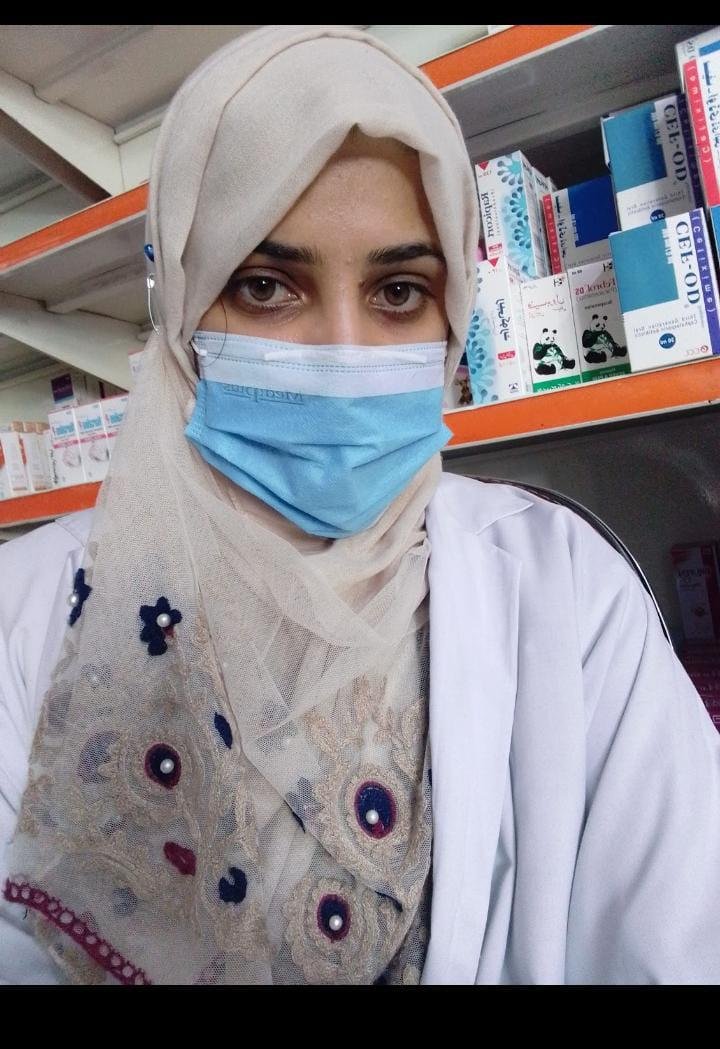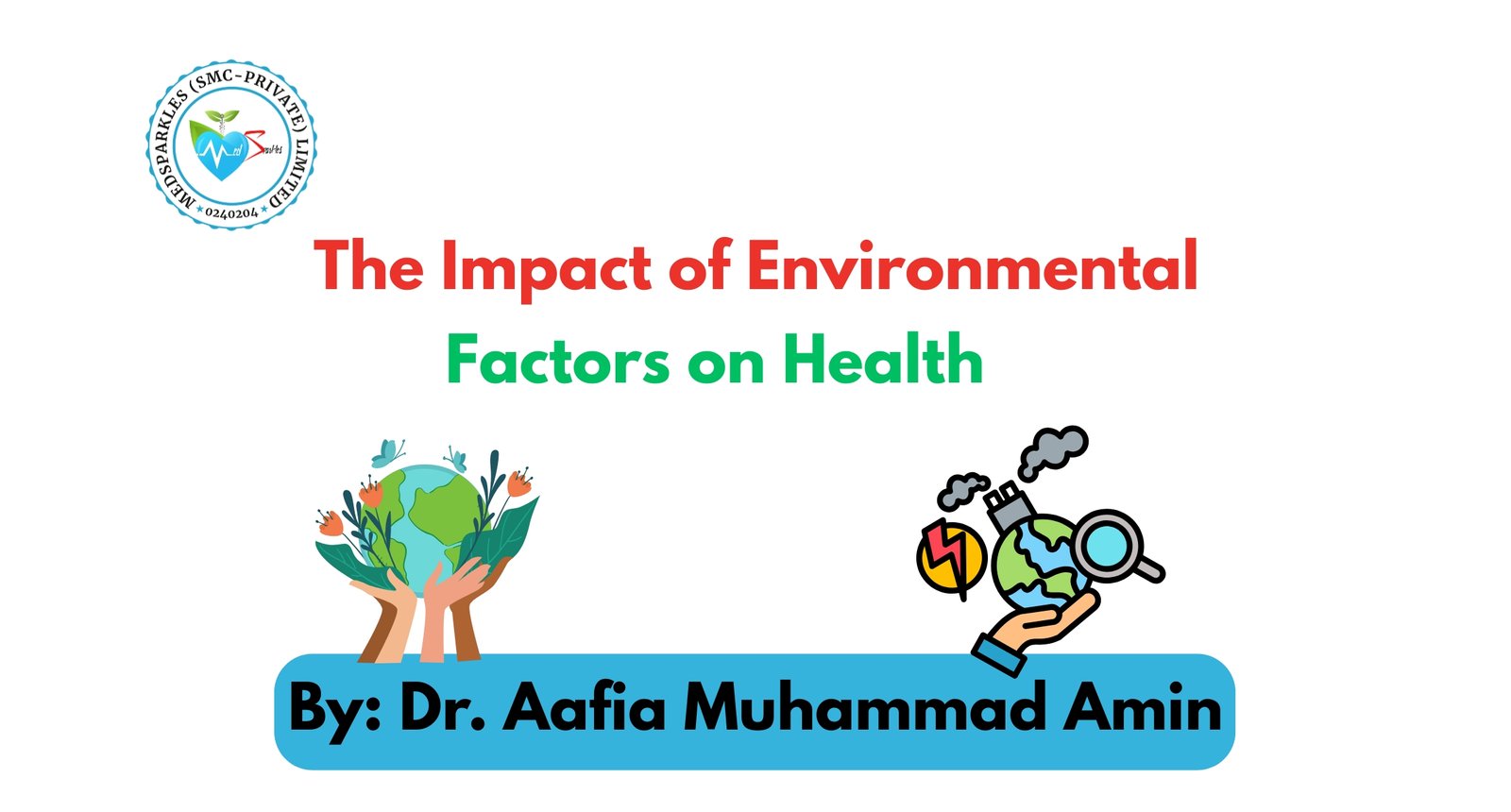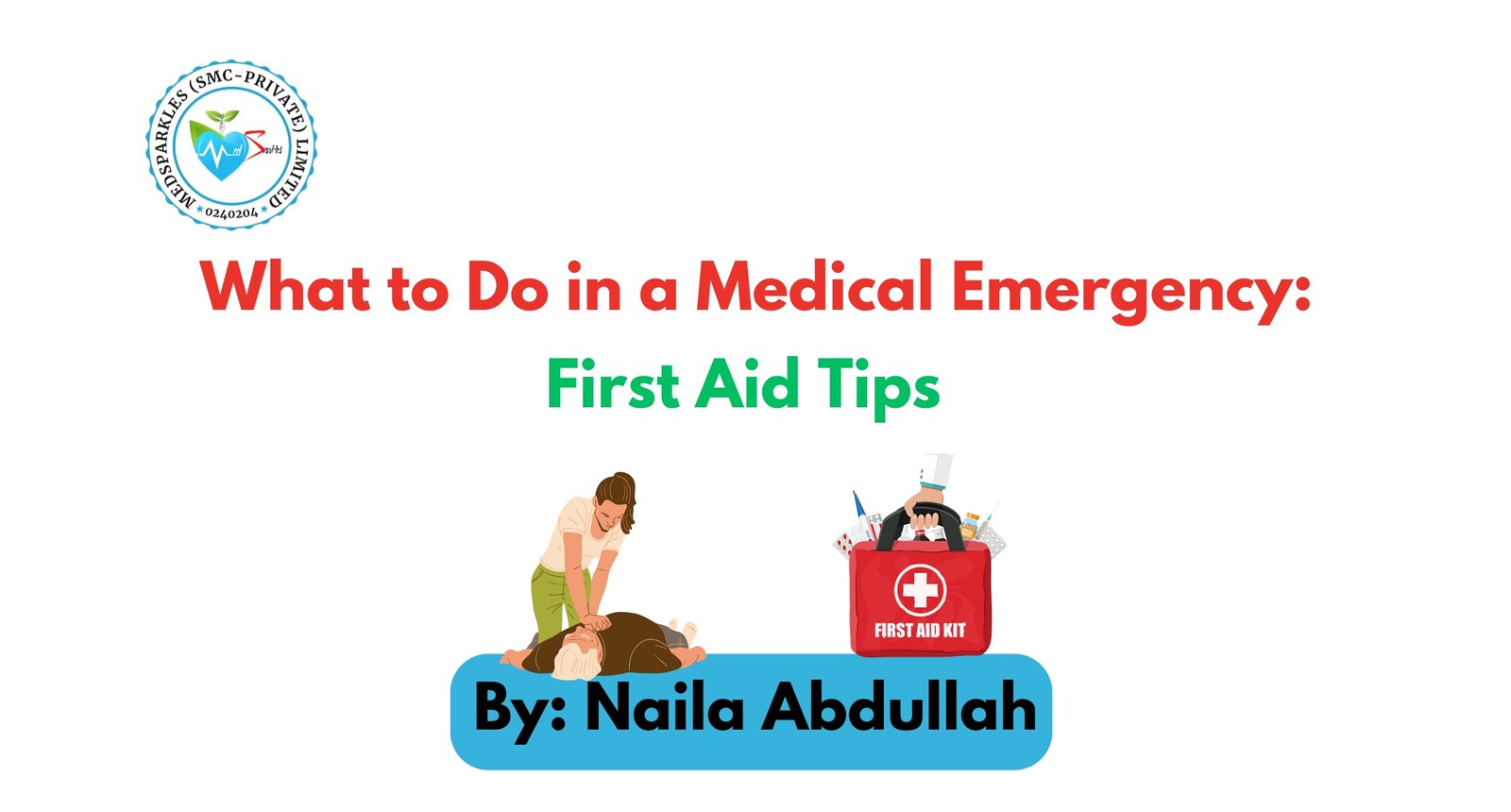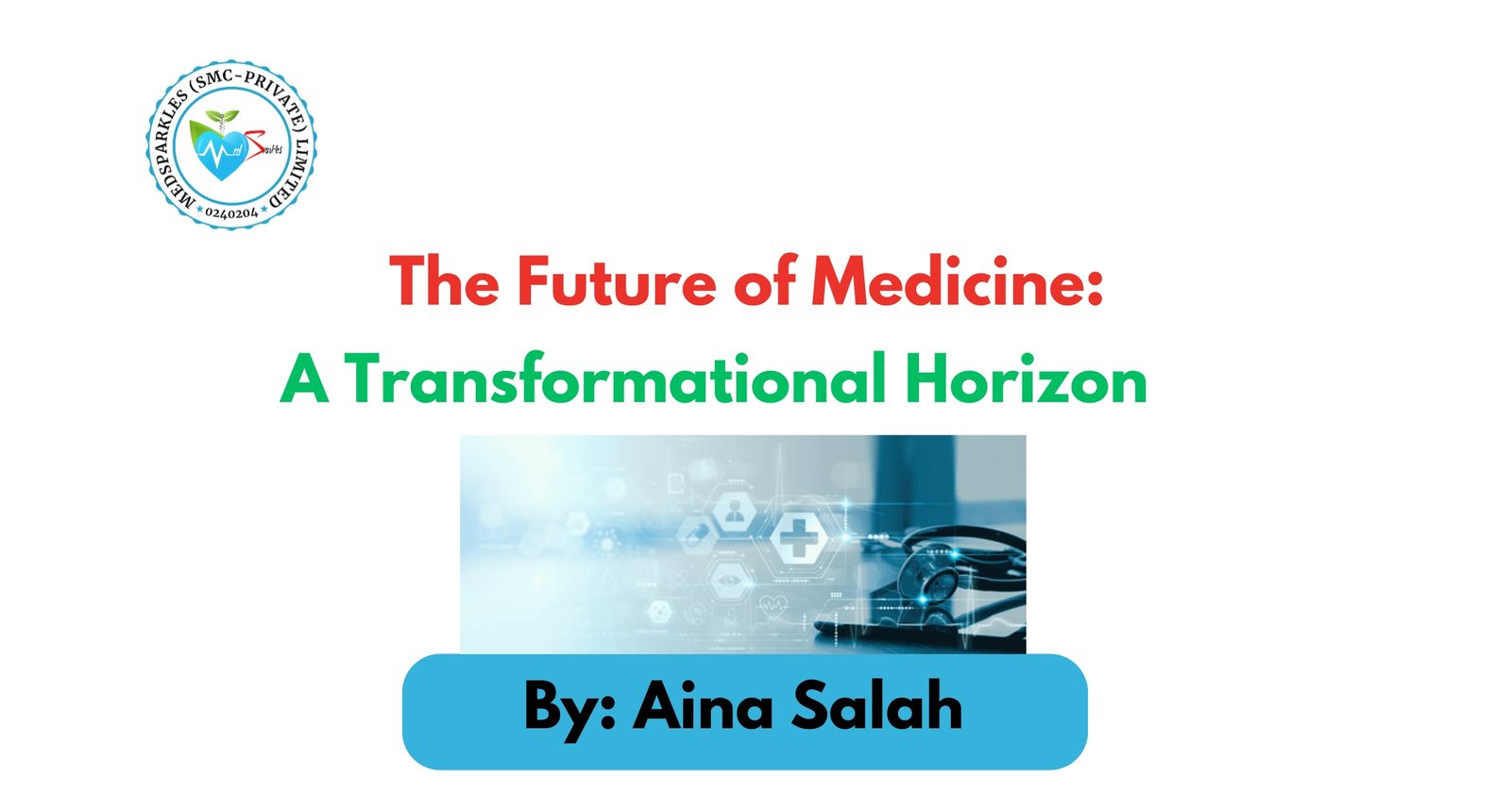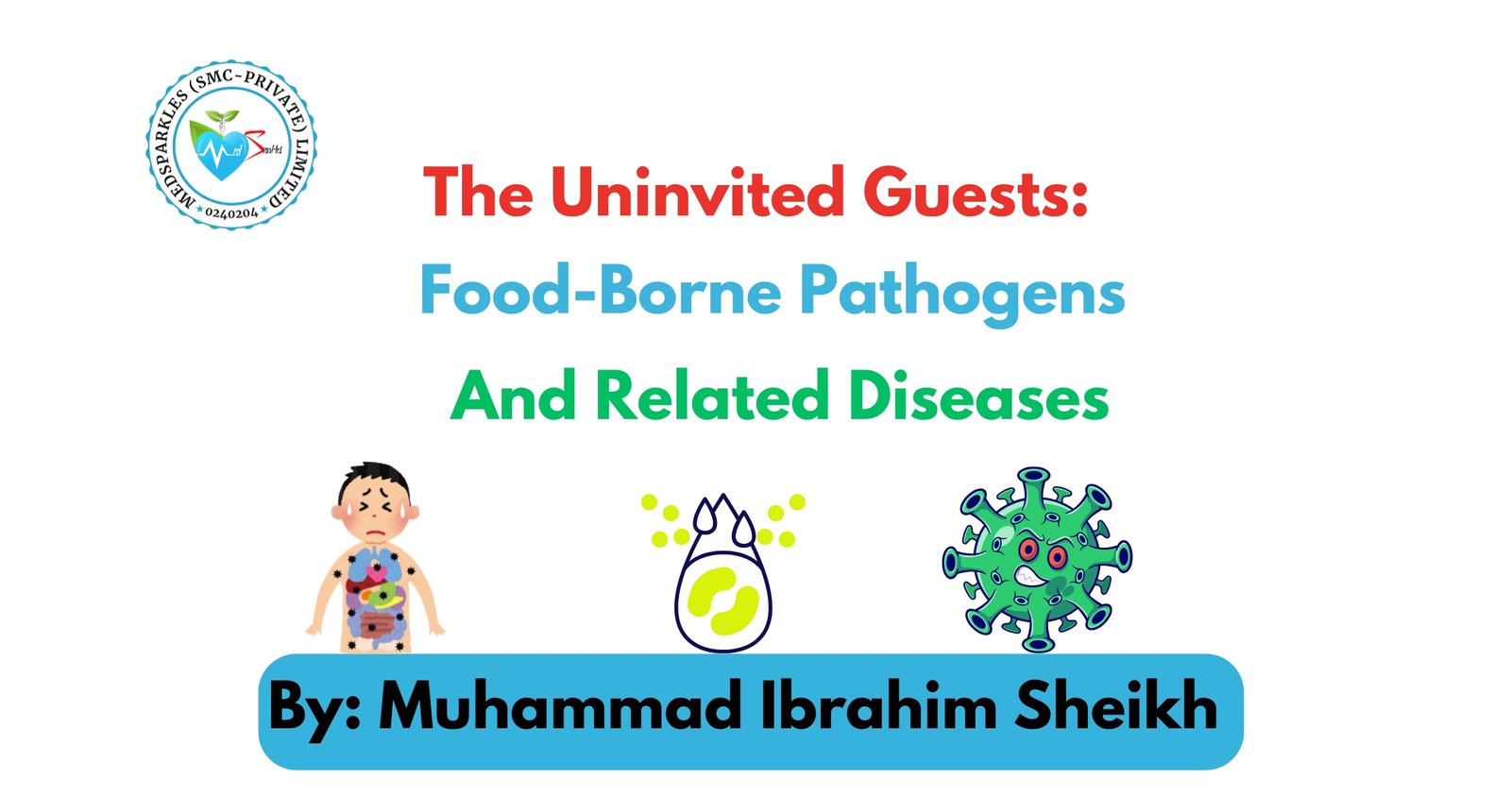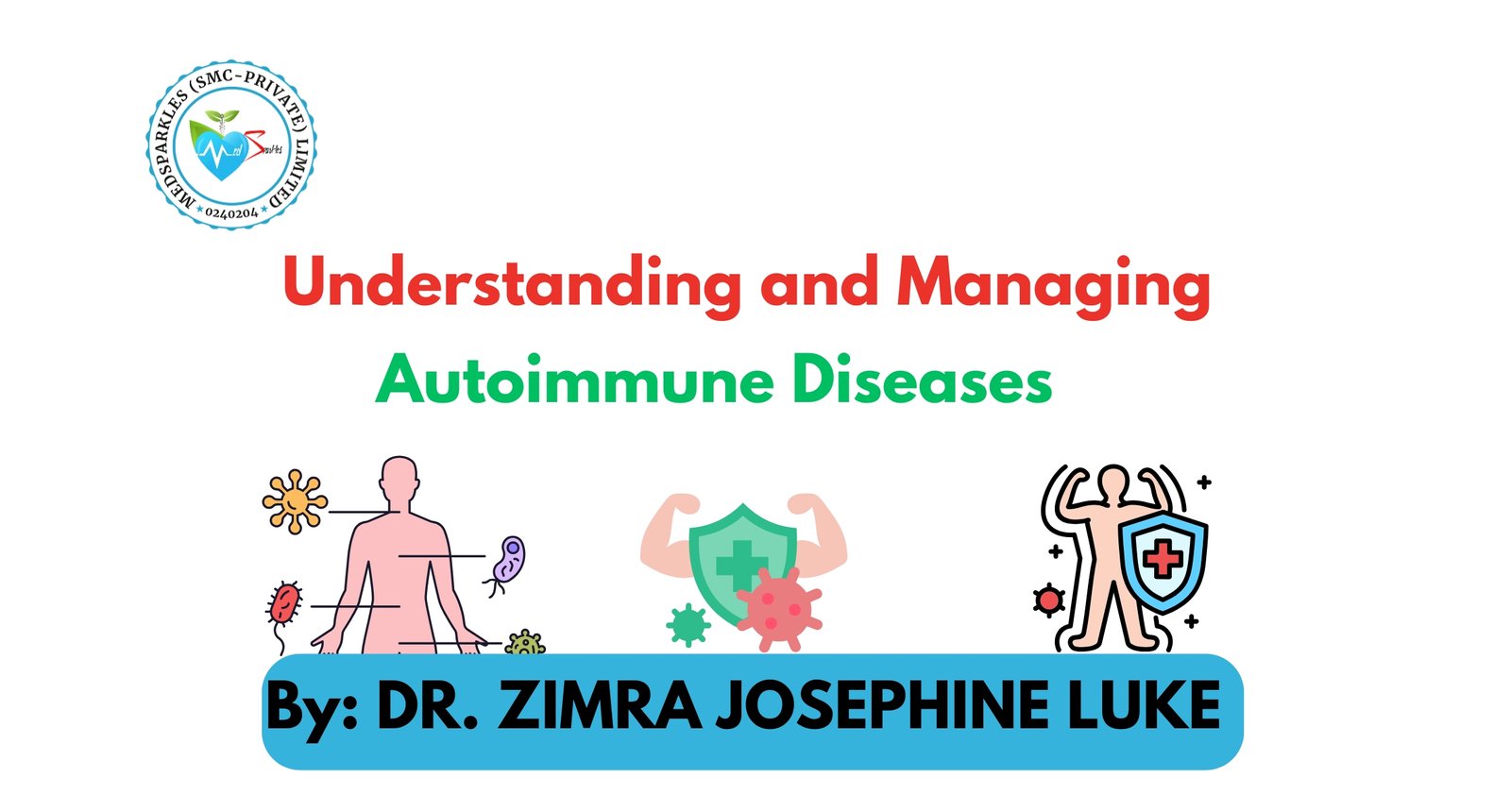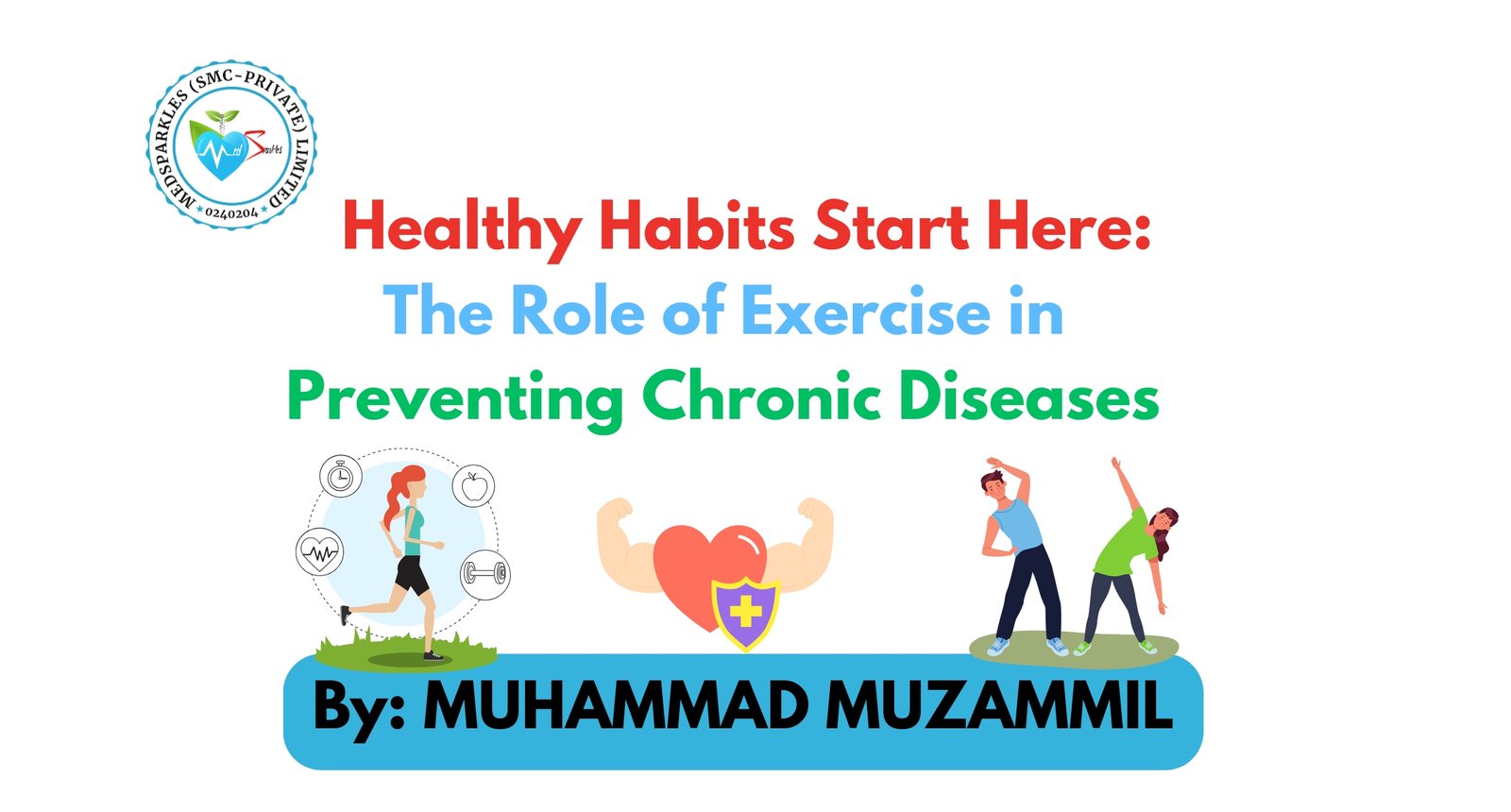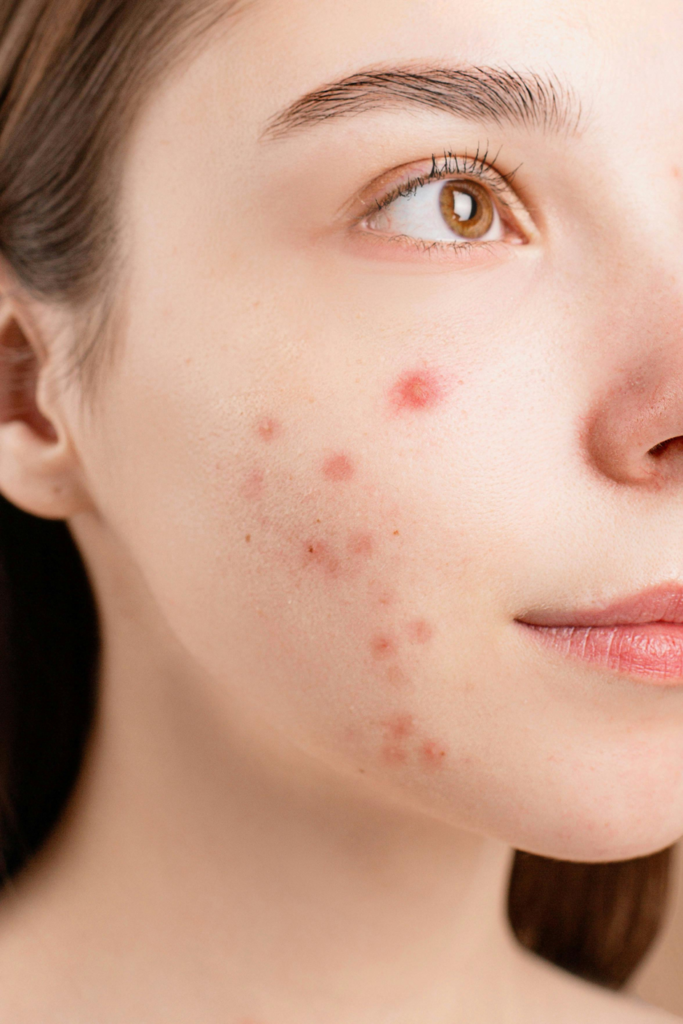
Are you facing a skin issue? That affects your face, neck, arms and legs. This skin condition includes bumps on skin with pus, it is acne. No worries if you have acne, it is very much treatable. However, treatment of acne depends on the cause.
Once the cause is identified, it is effortless to treat acne.
Our skin has small pores, these pores often get clogged with bacteria and dust. This happens when the skin is not properly cleansed at night and mostly after a workout.
Types of Acne:
Acne occur in many forms
- Whiteheads: It can be small white bumps that remains under skin.
- Blackheads: They can be easily seen on the skin. Reaction of oxygen gives it a dark appearance
- Hormonal acne: Hormonal imbalance in the body during the teenage or even after the teenage can increase the production of sebum on skin. It clogs the pores and triggers acne.
- Pustules and papules: These inflamed acne lesions develop when pores fill with excess oil, bacteria, and skin cells. Pustules are filled with pus, and papules are red pimples.
- Nodules and cysts : Compared to other forms of acne, these are more severe. These are big, excruciating pimples that appear deep under the skin. Nodules are devoid of pus, whereas cysts are filled with it.
Body areas affected by acne:
Acne can occur at any body place but most affected areas are
- Face
- Upper back
- Arms
- Neck
- Forehead
- Shoulders
Triggers of Acne:
Acne can be triggered by anything at any age. Any contaminated cloth or mobile phone can also trigger acne.
Some triggers are listed below.
- Mobile phones screen: Mobile phone screen is the hub of bacteria as we place it at many places during our daily activities.
We can avoid acne by cleaning our cell phones screen with alcohol swab regularly.
- Hormonal changes: Hormonal changes at any stage of life like pregnancy or teenage, can trigger acne.
- Stress: Stress can increase the level of cortisol in the body. And it can worsen acne.
- Pillow case: Dandruff from our head falls off on pillow cover and its direct contact with face leads to severe acne.
- Makueup: Sharing is not always caring. Sharing makeup can lead to drastic changes on acne prone skin. It can worsen acne.
- Skin care routine: If you love to try new products on your skin, it can also trigger acne. Always try to maintain a specific skincare routine that suits your skin.
- Hereditary acne: Acne can be genetic. It runs in families, if your elders have acne its quite possible you will also face it at any age of your life.
- PCOS: Polycystic ovarian syndrome can cause hormonal imbalance and it can lead to acne.
- Smoking: Smoking can also trigger acne.
Symptoms of Acne:
Acne can occur at any body part and shows up in the following ways.
- Blackhead
- Whitehead
- Small bump with red base and pus at the top
- Painful and tendered pimple
- Pimples in the skin.
Treatment of Acne:
Acne is treated according to its type and severity level. Treatment includes diet changes, creams, steroidal therapy, and antibiotics.
Mild acne:
Mild acne is treated with OTC medicine. Most of the time this type of acne easily goes away with
- Topical creams
- Face wash
- Moisturisers
- Gels
The following active ingredients must be found in the medications used for the treatment of mild acne
Benzoyl peroxide: Reduces the creation of sebum, destroys microorganisms, and speeds up skin replacement.
Salicylic acid: aids in the disintegration of whiteheads and blackheads and lessens soreness and inflammation
Moderate acne:
If over-the-counter medication does not treat acne, your physician will prescribe you some oral antibiotics and topical creams that will contain
- Azelaic acid: One of the most effective ingredients to treat acne marks and reduce the recurrence of moderate to severe acne is azelaic acid. It works by killing microbes and reduces swelling and inflammation.
- Vitamin A derivative retinol: Retinol helps to reduce blackheads and whiteheads. It is also effective against clogging of pores, which is one of the main triggers of acne.
- Antibiotics: Antibiotics like clindamycin and erythromycin treat moderate to severe acne. Your doctor will prescribe antibiotics treatment for 3 to 6 months. Antibiotics can lower inflammation and stop the growth of bacteria.
Severe Acne:
Severe acne that has been in the skin for years, is difficult to treat. This type of acne is continuously oozing pus from pimples and it develops under the skin and above the skin. The dermatologist will suggest the following treatment
- Chemical peels: This procedure eliminates the outermost layer of aging skin, using certain chemicals. The new skin that grows after the top layer of skin is removed, is smoother and may leave fewer scars from acne.
- Shots of cortisone: These injections can hasten healing and lessen inflammation. Usually taken in conjunction with other acne treatments, cortisone is especially useful for acne with big cysts.
How to treat acne at home:
Acne can be treated at home. But if the wrong products are applied on skin it may even worsen acne.
The following treatment can be done at home and it will hugely benefit to get rid of acne with time
- Cleanse your skin daily with good quality moisturiser
- Wash your face daily at night and apply moisturizer
- Cleanse your skin after exercise
- Stop touching your skin during active acne stage
- Drink more antioxidant drinks like green tea
- Apply aloe vera gel and tea tree oil
The Bottom Line:
Acne is the skin condition, which affects the appearance of skin. A person with active acne can face different compliments from colleagues and it will badly impact one’s confidence. So, it is better to treat acne with proper guidance and understanding so that treatments may not worsen the acne.
You can enjoy healthy and glowing skin and flaunt your beauty with full confidence after getting rid of acne and acne scars with proper treatment. Knowing about acne type is as important as it is to treat it with the right and effective products.
